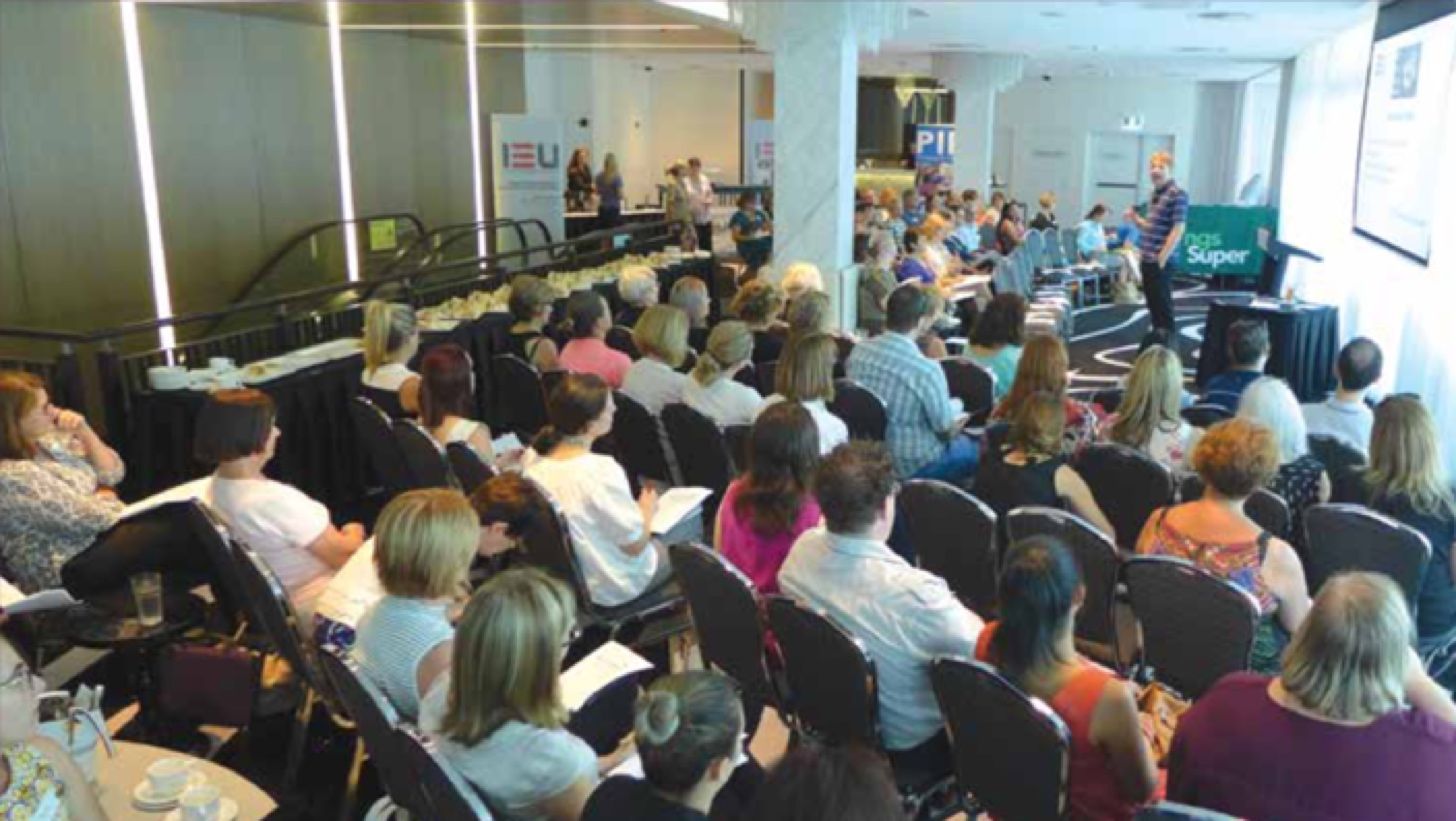It is an experience all of us have had, NSW ACT IEU Professional Officer Matt Esterman writes.
We’ve worked hard on an assignment, whether at school or university or even in the workplace. We put hours of time into it. We pour our creativity and intelligence into it. We draft and redraft and check what our teacher has put in the assessment notification or outline. Our hands shake slightly as we slide the final version into a box (or, today, submit to a dropbox or email account – hands still shaking) and then – joy of joys – the momentary relief of a completed project.
Then we receive the assignment feedback, or perhaps log on to a website to check our results, and we are faced with a big, silent, glaring letter or number: you are now a B; or you are now 73; or you are now ‘Satisfactory’. You have been assessed and branded by higher powers and slotted into your appropriate station in academic life.
Occasionally there may even be some written notes such as ‘needs more’ or ‘good’!
The unfortunate reality is that this type of assessment and feedback is all too common despite decades of research from Australia and overseas – much conducted with and by educators, not just academics – which clearly and overwhelmingly states that this does not help learning. If we want learners of any age to grow and improve to a point where they are the resilient, motivated and self reflective learners we expect, they need more than a letter or number on a page.
Many teachers strive to embed formative assessment strategies into their teaching and learning programs but summative assessment still dominates, particularly in senior years. This is fine if we only wish to have students remember the content and demonstrate the skills of curriculum areas for a limited time but not if we wish them to become intrinsically better learners.
Glen Pearsall, who runs the Smarter Assessment: Improving Feedback, Reducing Correction workshops for the IEU, has undertaken significant research into this area and now helps teachers understand the breadth of formative strategies that are available.
But what is formative assessment?
Formative assessment (also sometimes called ‘formative feedback’) is an approach to responding to student participation and submission of work in which the teacher responds more immediately – almost literally – to when students need guidance to change direction and improve their understanding during the learning process, rather than just at the end. John Hattie calls this “dollops of feedback”. For example, students might be working on a draft essay and instead of collecting the final product and correcting all the mistakes over the weekend, you might collect the introduction, discuss the key areas of strength and improvement with the student, then have the student continue another part of the essay. The final product is therefore richer and more sophisticated than it would otherwise have been, and the student is learning how to identify the areas of improvement themselves.
This allows students to digest and apply feedback in manageable chunks, instead of a torrent of criticisms and corrections that often accompany our grades.
Another way to look at this is to reflect on how teachers use results of assessment. Say you deploy a typical assessment task where students have to complete a test in a set time and the teacher marks the test. The results are individually distributed to the students (and there is a path of formative assessment to follow with this) but then where do those results go in relation to the teacher? For what purpose have we collected those results? If the test is to be of any real value, we shouldn’t just use the results as a list of numbers in a spreadsheet, but rather to identify areas of individual and collective strength and areas of improvement. This should then affect how the teacher approaches their very next lesson. As Black and Wiliam (1998) suggest, “for assessment to function formatively, the results have to be used to adjust teaching and learning.”




































































































































